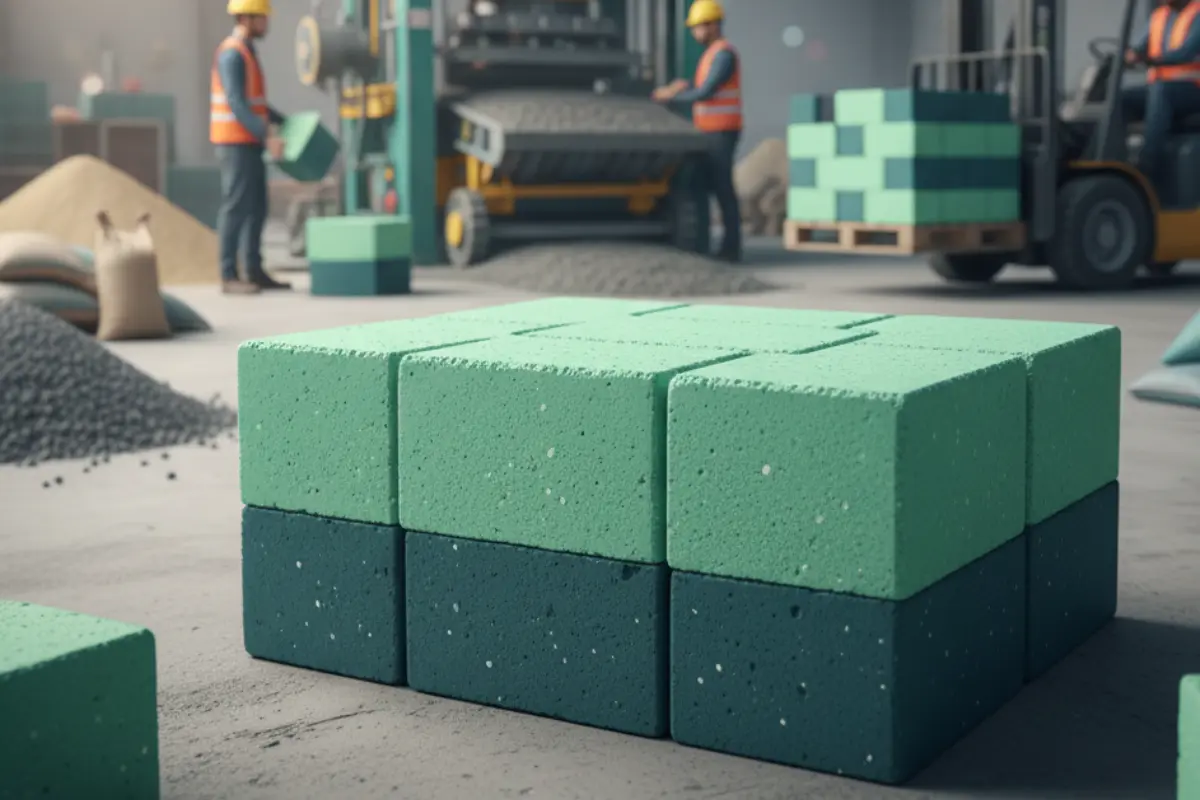Table of Contents
📘 Introduction
Studying Maintenance and Repair of Concrete Structures?
This subject is important for Civil Engineering students because it teaches how to keep buildings, bridges, and other structures safe, strong, and long-lasting.
To help you prepare easily, we’ve created a free PDF covering all modules in easy language. Whether you’re revising for exams or making quick notes, this guide will save you time and help you understand the concepts clearly.
🎯 What You’ll Learn

The PDF includes complete answers for all important topics like:
- Reasons for maintenance and repair
- Different types of cracks and corrosion
- Concrete deterioration mechanisms
- Non-destructive testing methods
- Repair materials and methods
- Strengthening and stabilisation techniques
Each answer is written in simple words, so any student can quickly understand without confusion.
🧩 Modules Covered
✅ Module 1 – Basics
- Necessity of maintenance
- Corrosion and cracking
- Types of rebars
✅ Module 2 – Durability and Deterioration
- Sulphate attack
- Acid attack
- Shrinkage and ASR reaction
✅ Module 3 – Assessment Techniques
- Visual inspection
- Non-destructive tests
- Strength evaluation
✅ Module 4 – Repairs and Materials
- Surface repair strategies
- Column and bridge repairs
- Electrochemical methods
✅ Module 5 – Strengthening Methods
- Flexural strengthening
- Section enlargement
- FRP and bonded plates
📂 Download the PDF Notes
Click the button below to download your free PDF:
💡 Why Use These Notes?
✅ All modules in one file
✅ Easy language – no jargon
✅ Perfect for exam preparation
✅ Free to download and share
📝 Conclusion
Maintenance and Repair of Concrete Structures is a scoring subject if you understand the basics. With this PDF, you can revise quickly and improve your confidence before exams.
Feel free to share this page with your classmates. Happy studying!
These notes and answers have been generated with the help of AI tools to provide short and easy explanations for student understanding.
While the answers cover key points, they are not complete or detailed enough for scoring high marks in exams.
You are strongly advised to write longer, more detailed answers and refer to your textbooks, class notes, and standard references to improve your preparation.
Use these notes only as a quick revision guide, not as a replacement for comprehensive study.
-
The Ultimate Guide to Precast Drain and U-Drain Systems: Efficiency in Modern Drainage
The Ultimate Guide to Precast Drain & U-Drain Systems | RCC Explained. Discover the benefits of precast drain and U-drain systems. Learn about RCC drain strength, installation, types, capacity, and how they prevent flooding. Your complete drainage guide. The Ultimate Guide to Precast Drain and U-Drain Systems: Efficiency in Modern Drainage Imagine a heavy downpour.…
-
Drywall Partition | Types, Construction & Cost-Saving Tips 2025
Drywall Partition Guide: Types, Construction & Cost-Saving Tip Discover what a drywall partition is, its benefits, and how it’s built. Learn about different drywall sheets, fixing issues like bubbles, and get free construction tools. Drywall Partition: The Ultimate Guide to Modern, Flexible Walls If you’re planning an office renovation, dividing a large room in your…
-
Concrete Paver Block Manufacturing Process: A Step-by-Step Guide
The Concrete Paver Block Manufacturing Process: A Step-by-Step Guide Discover the complete concrete paver block manufacturing process. Learn about raw materials, color mixing ratios, machinery, and quality control. Perfect for builders & DIY enthusiasts.** The Complete Concrete Paver Block Manufacturing Process: From Raw Material to Finished Product If you’ve ever walked on a beautiful driveway,…

Hi! I’m Sandip, a civil engineer who loves sharing about Civil Engineering & new ideas and tips. My blog helps you learn about engineering in a fun and easy way!




